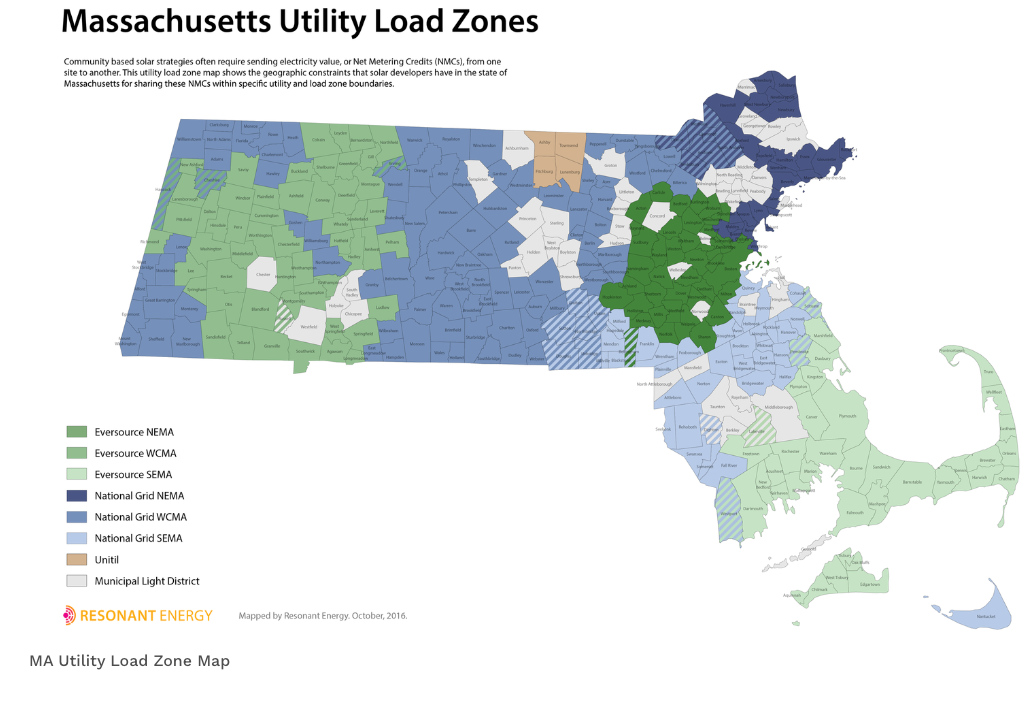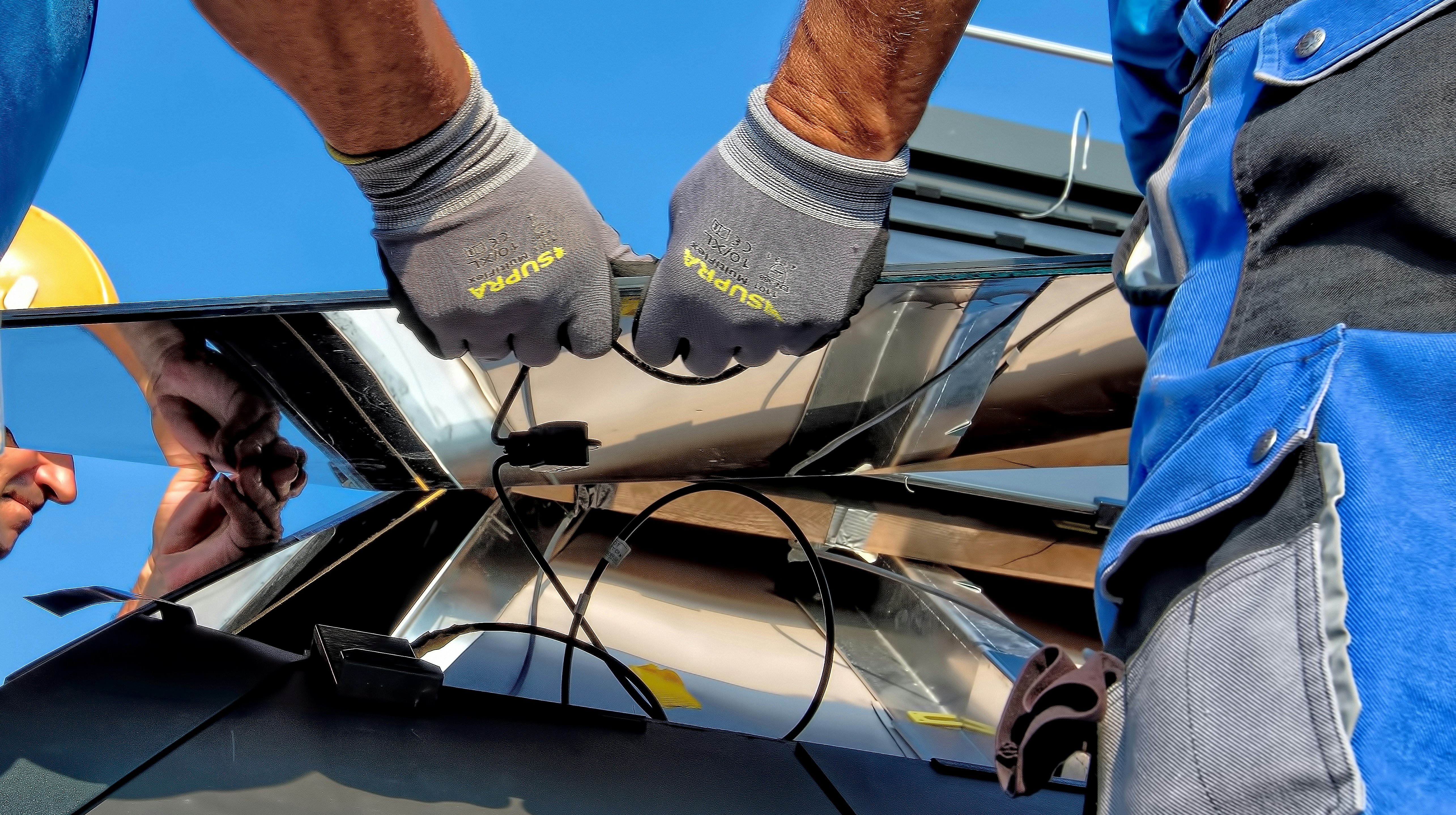On October 15th, 2025, Massachusetts officially opened applications for the Solar Massachusetts Renewable Target (SMART) Program 3.0, the state’s overhauled incentive framework for solar energy. The relaunch followed months of regulatory work and came with a welcome surprise: the program’s capacity doubled in size to 900 MW for the 2025 program year.
As federal clean energy incentives begin to phase down, Massachusetts has doubled down on its own, and the next phase of this program is a powerful incentive for developers. This article breaks down what’s new, what’s improved, and why SMART 3.0 is poised to play a central role in the Commonwealth’s clean energy future.
Why SMART 3.0 Lives Up to Its Name
Launched in 2016, the SMART Program was designed to both expand renewable energy deployment and streamline state-level incentives. It functions as a tariff-based incentive paid from the utility to system owners for a 20 year period, rewarding each kilowatt-hour (kWh) of clean power generated.
The compensation model is straightforward: participating projects receive a fixed per-kWh rate, with eligible commercial systems earning additional “adder” incentives for factors like equitable energy access, rooftop or brownfield siting, or pairing with storage. This structure aligns clean energy growth with Massachusetts’ broader goals of responsible land use, environmental protection, and energy equity.
Massachusetts has some of the highest electricity costs in the country. In the United States, the average cost of electricity is 17 cents per kWh; in Massachusetts, the electricity cost is over 29 cents per kWh. The state imports much of its power from other regions and Canada, and faces elevated transmission costs due to an aging, under-invested grid. By supporting local solar generation, SMART 3.0 helps reduce reliance on imports, bolster grid resilience, and shield consumers from volatile energy prices.
With the upcoming sunset of Investment Tax Credits (ITC), Massachusetts’ decision to expand SMART capacity signals an effort to accelerate project deployment and capture remaining federal incentives. Importantly, SMART qualification is separate from ITC eligibility. See our article on tax credits after the passage of the One, Big, Beautiful Bill Act, as well as updated Treasury guidance on beginning-of-construction qualification for projects.
Major Changes between SMART 2.0 and 3.0
SMART 3.0 comes with two major changes. The first is a new method for setting capacity blocks and incentive rates – under SMART 1.0 and 2.0, each utility’s capacity was divided into sequential “blocks,” with compensation stepping down as each filled. Because block timing was unpredictable, developers and homeowners faced uncertainty around their eventual incentive rates when deciding to move forward with a project.
SMART 3.0 replaces that rolling system with an annual market assessment by the the Department of Energy Resources (DOER). Each year, DOE will set both the total program capacity and incentive rates for project tiers. All projects in the same program year and tier receive the same rate, offering far greater visibility into compensation.
This annual reset mechanism has drawn praise from SEIA and other industry groups for introducing clarity and predictability into the state’s solar market. For developers, this means greater certainty when modeling cash flows, but less opportunity to ‘time the market’ for higher incentive blocks.
Under SMART 3.0, storage moves from optional to essential. SMART 2.0 had optional adders to reward pairing solar and storage systems. Under the new program, all greenfield ground-mount solar projects larger than 1 MWac must include an energy storage system unless the project can demonstrate technical or economic infeasibility. DOER views this shift as key to strengthening Massachusett’s grid resilience and accelerating storage deployment across the Commonwealth.
Additional updates include an adder for rooftop systems over 900kW and expanded eligibility for municipal low income community solar, further broadening the program’s reach and impact.
How is the Program Set Up?
Massachusetts’ three electric utilities– National Grid, EverSource, and Unitil – administer the SMART program across their respective territories. Program capacity is distributed in proportion to each utility’s electric load, ensuring incentives align with regional demand. For the 2025 program year, Eversource will receive 49% of capacity (441 MW), National Grid will receive 45% (406 MW), and Unitil will receive 6% (53 MW).

SMART 3.0 operates on a first-come, first-served basis. Unlike prior versions, it eliminates the declining-block structure—capacity and incentive rates are set at the start of each program year. Once a utility’s allocation is fully subscribed, new projects are placed on a waitlist. If capacity opens or the program is expanded mid-year, those projects may then move forward. In short, early applicants stand the best chance of securing a spot in the 2025 SMART program.
SMART 3.0 eligibility starts with two core requirements: projects must use solar photovoltaic (PV) technology and must be interconnected to the Massachusetts electrical grid. Beyond that, incentives and qualification criteria vary based on system size, location, and offtake structure.
For community solar, at least 40% of subscribed offtakers must be low income customers. For commercial projects, location matters: projects built on protected historical sites or critical habitats are ineligible. Additionally, if a ground-mount project over 250 kW is located on undeveloped land without a qualifying locational adders (such as brownfield or dual-use agricultural), the developer must pay a mitigation fee, including a 25% deposit at application submission.
Systems larger than 1 MW AC that do not qualify for a locational adder must also include energy storage. These energy storage systems must provide at least two hours of duration and 25% of the system’s rated power capacity, reinforcing Massachusetts’ focus on grid reliability and storage deployment.
Compensation, Incentives, and Adders
SMART 3.0 compensation differs across residential and larger scale projects.
Residential participants offset their electric bills through the solar energy they generate. They receive a flat per-kWh incentive payment, credited directly on their utility bill. The incentive rates for 2025 are shown in the table below:

Community solar projects operate differently. Offtakers typically don’t host the system; instead, they purchase Alternative On-Bill Credits (AOBCs) from projects at a state-regulated discount – typically 10%, or 20% for low-income subscribers. The offtaker’s savings equal the spread between the AOBC’s full value and the discounted purchase price, while the project earns revenue both from selling AOBCs and from SMART incentive payments plus adders. This dual revenue stream makes community solar an attractive investment, particularly when paired with tax credits.
A project’s SMART payment consists of a base rate, determined by their Solar Tariff Generation Unit (STGU) size, plus applicable adders reflecting project attributes. See the program year 2025 commercial project base rates and adders below:

Importantly, the energy storage adder is variable—larger batteries and longer durations earn higher incentive multipliers. This structure directly aligns with the Commonwealth’s push to integrate more dispatchable clean energy into the grid. For more information on the energy storage adder, refer to DOER’s Energy Storage Guidelines.
Conclusion
SMART 3.0 is a welcome evolution for Massachusetts energy users and developers alike. While this overview should leave you a bit smarter about SMART, the program’s details, from qualification criteria to incentive layering, carry plenty of nuance. For developers interested in participating, the earlier you begin – especially to potentially claim ITCs before the phase out – the better position you will be in for capitalizing on this cutting edge program.
As other states weigh similar market-based incentive structures, SMART 3.0 positions Massachusetts as a proving ground for the next era of distributed clean energy.






















